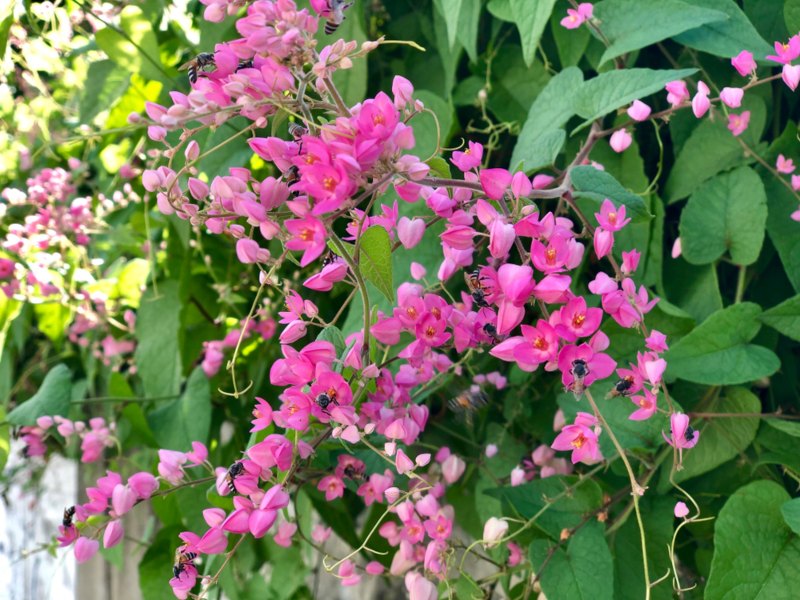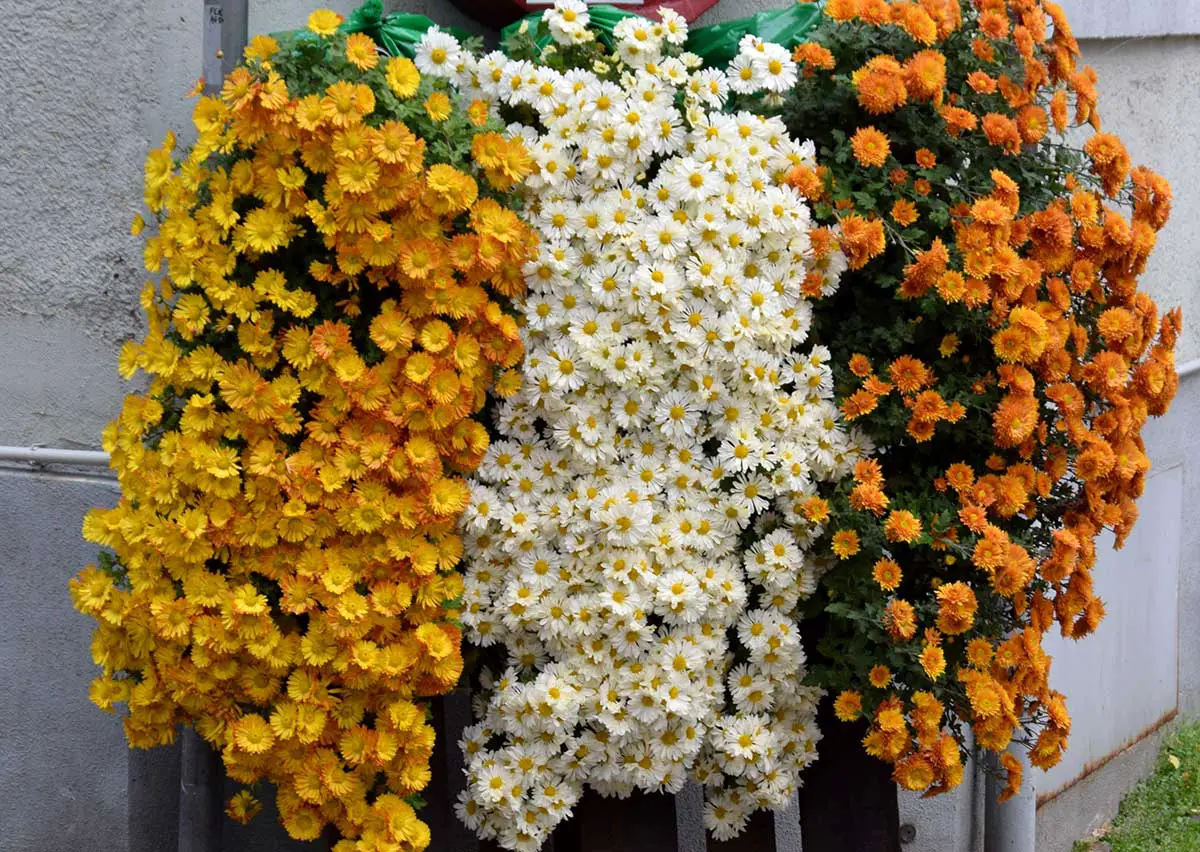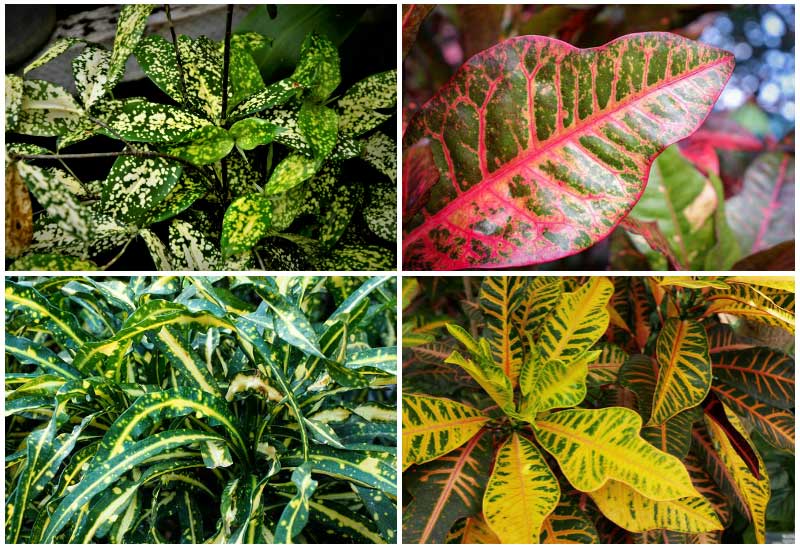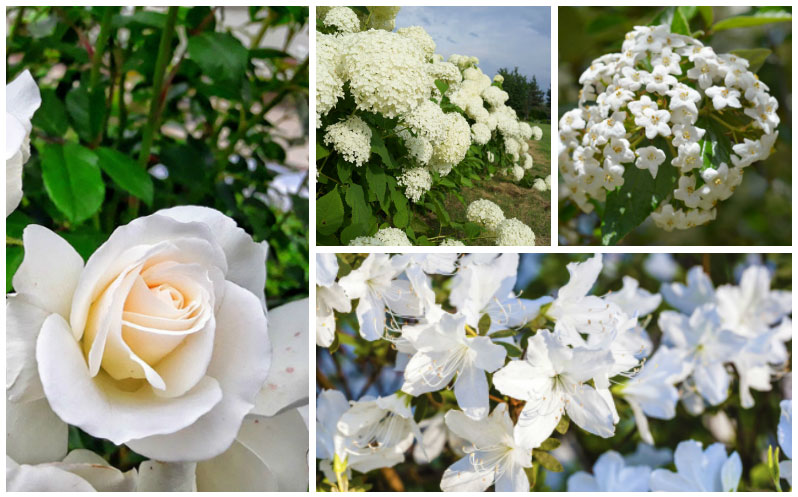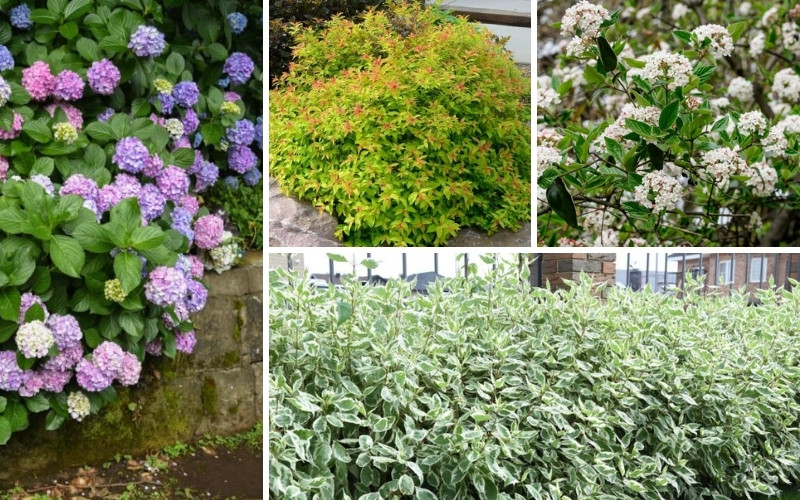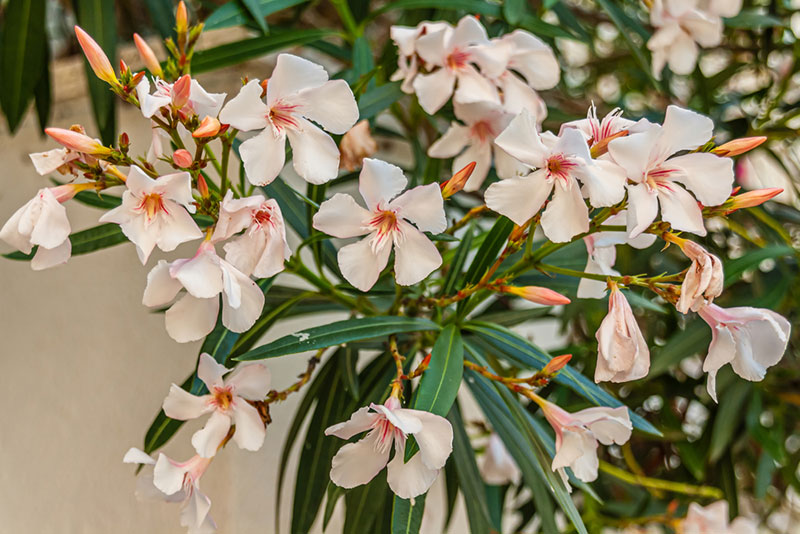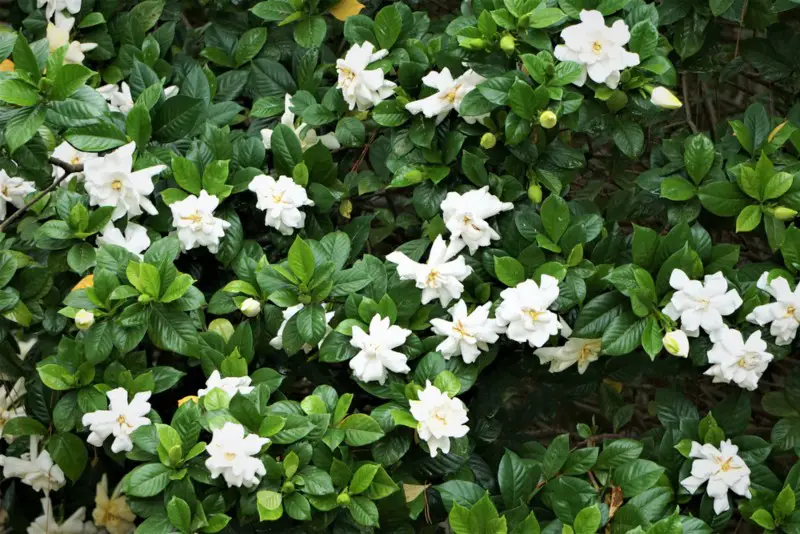
Hedges can make a great addition to your environment. They can help block the neighbor’s site and help to stop noise. Many choices are stunning. Yet, many homeowners in Florida have a hard time choosing a hedge plant because of the state’s intense heat, humidity, and salt.
Various parts of Florida fall in different growing zones, so you need to make sure that you choose a plant suitable for your zone. Consider these choices, depending on your exact requirements.
Arborvitae
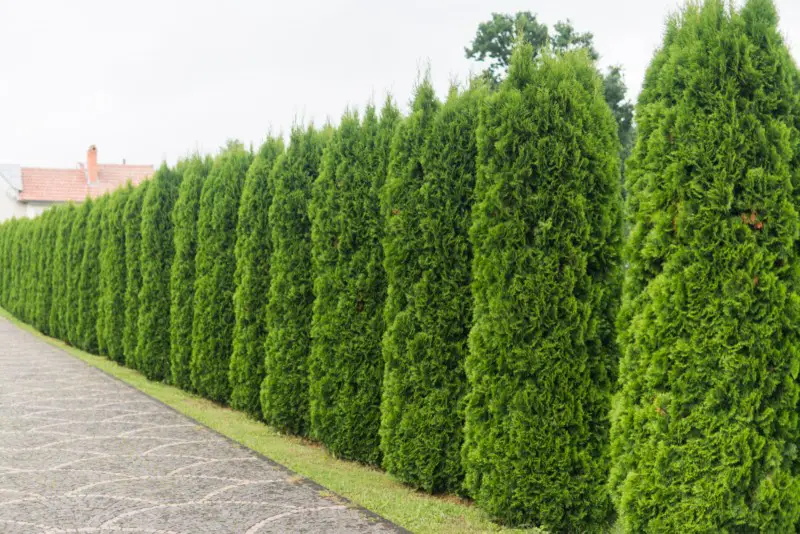
Many people love the pyramidal shape of the arborvitae. This evergreen has lacy needles to the ground, making it an ideal choice for a windbreak. This shrub grows from 8-to-25-feet tall depending on the variety chosen. It needs at least six hours of sunlight daily. While it will adapt to many different types of soil, it does not like wet feet. Most choices thrive in zones 2 to 8, so it may be best in north Florida.
Bottlebrush
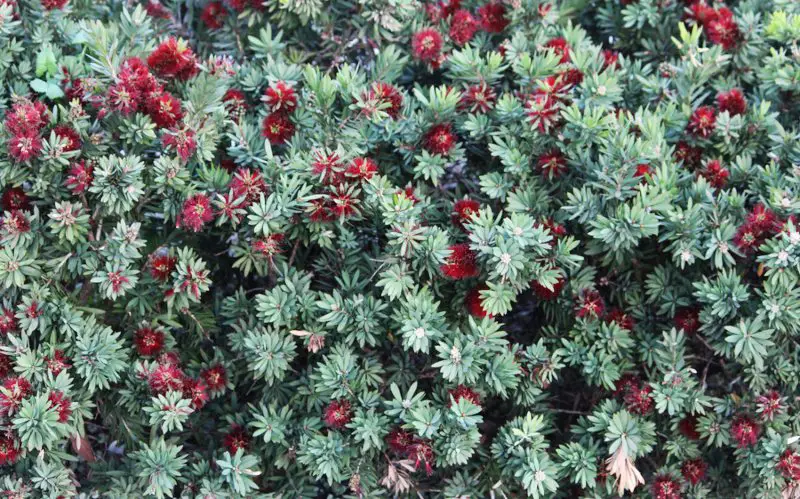
The spikes of flowers on the end of the bottlebrush plant during the summer give this plant its name. It may bloom again intermittently throughout the year in Florida. While most have reddish flowers, you can find yellow and cream choices. Most bottlebrush varieties grow up to 5-feet tall spreads almost as wide as it is tall, but options growing up to 25-feet tall exist. This sun-loving plant thrives in many different growing zones up to zone 11.
Boxwood
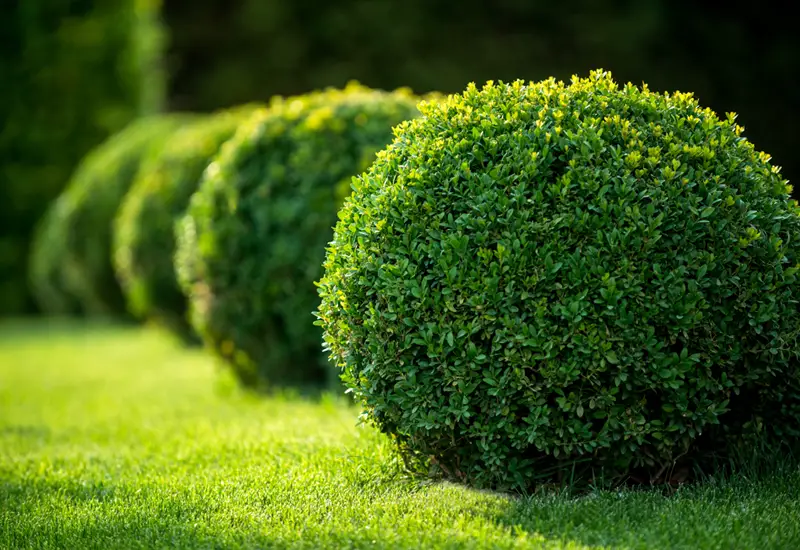
There are over 45 different varieties of boxwood on the market. While most thrive in zones 5 to 8, others, like the balearica, thrive up to zone 11. Many options grow to be about 36-inches tall while other choices can grow up to 12-feet tall. These plants usually put on cream flowers with a greenish tint in the spring.
Clusia
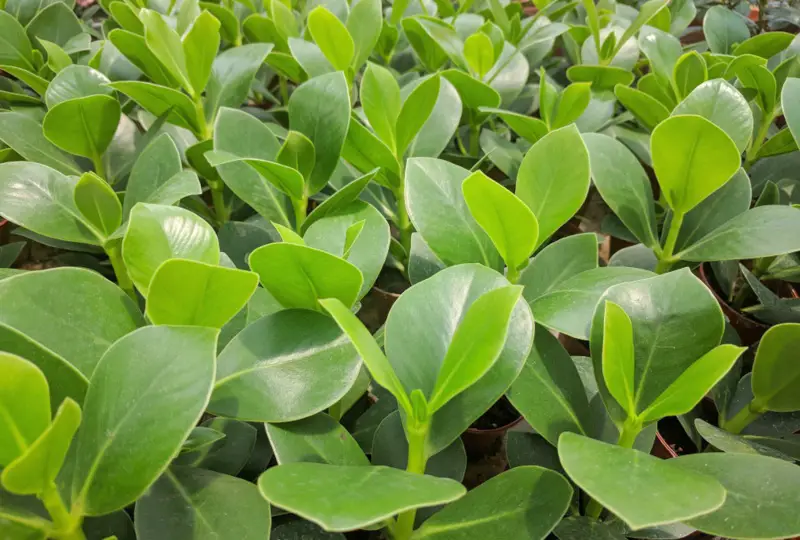
Clusia grows up to 8-feet tall in zones 11 and 12. This plant grows over other plants and things by using air roots. It puts on small pink and red flowers throughout the year. Clusia may be an excellent choice for those looking for an evergreen hedge plant for a shady spot that gets indirect sunlight. Most options will grow from 4-to-8-feet tall.
Gardenia

Gardenias grow in zones 7 to 10. These evergreen plants usually grow to be about 40-inches tall put on white flowers in the late spring and early summer. If you live in a part of Florida that seldom gets below 60 degrees, it may bloom sporadically throughout the year. They are heavy feeders, so you need to fertilize this option often in the spring and summer. This plant’s glossy green leaves make it an attractive option even when it is not blooming.
Indian Hawthorn
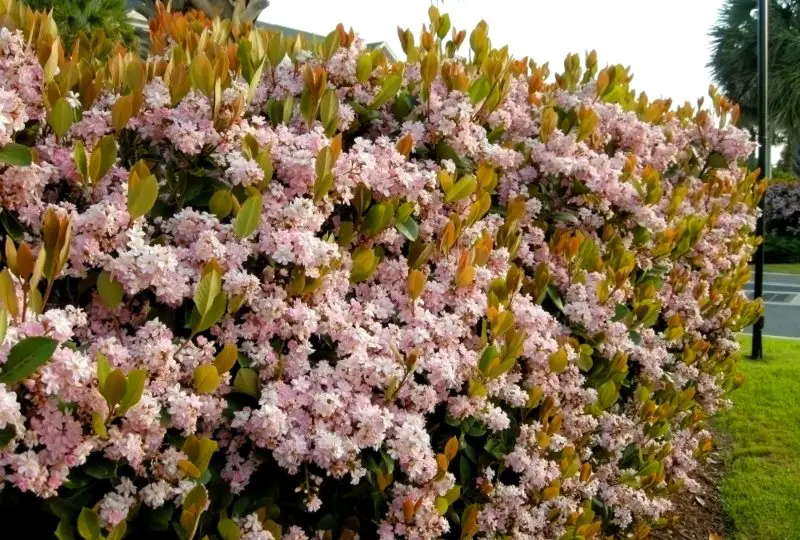
If you live in zones 8 to 10 and are looking for a shrub growing to be about 5-feet tall, think about the Indian Hawthorn. White flowers appear on this evergreen shrub in the early spring, and bluish-black berries follow them. New leaves are a bronze color, but they mature to be dark green.
Allamanda Bush
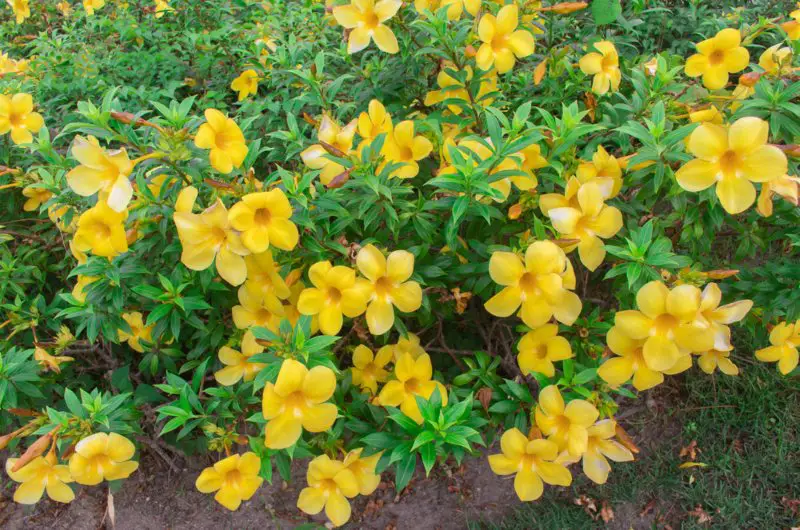
In zones 10 and 11, the allamanda bush can be a showstopper because of its bright-yellow, trumpet-shaped flowers that appear in early summer and last well into fall. Orange throat stripes are often present on the flowers. These flowers stand in stark contrast to this plant’s dark-green leaves. This evergreen plant that loves the sun will put on small berries if spent flowers are removed.
Areca Palm
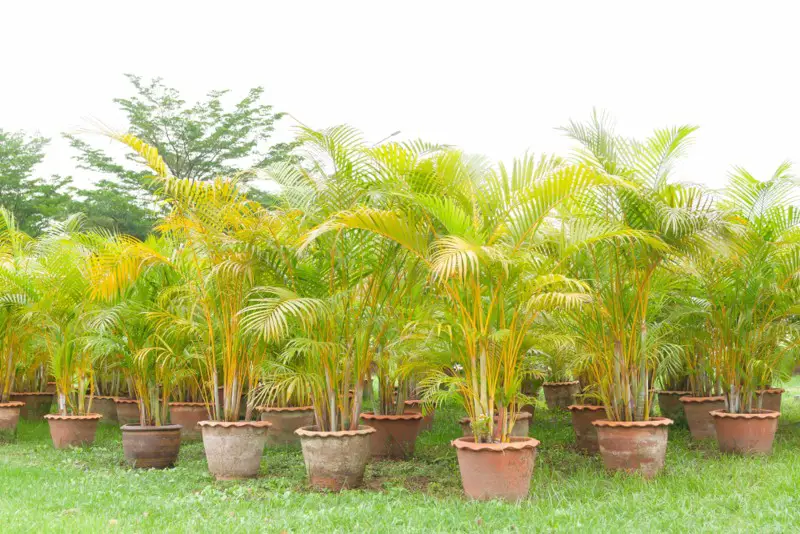
Areca palm is an excellent choice for gardeners in zones 10 and 11 looking for an option growing from 12-to-30-feet tall. It thrives in areas that get at least six hours of sunlight daily. Yellowish cane-like stems have multiple rings. Pinnacles of yellow flowers that are up to 2-inches long appear in late summer. Additionally, each stem produces a leave at its top that has up to 80 lance-like leaflets. Once the flower fades, this plant small orange-yellow fruit that turns black over time.
Cherry Hedge
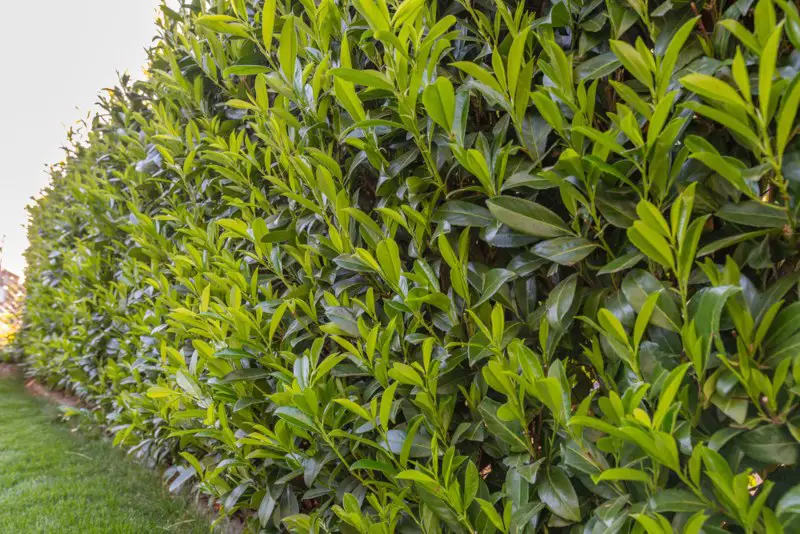
In Florida, the cherry hedge needs protection from the afternoon sun in many cases while in colder parts of growing zones 6 to 8, it is a sun-loving plant. This option that is often called cherry laurel puts on clusters of creamy white flowers in the spring. These incredibly aromatic clusters can be up to 5-inches long. The flowers give way to black fruit that ripens midsummer. This plant grows to be about 40-inches tall and spreads wider than it is tall.
Crossandra
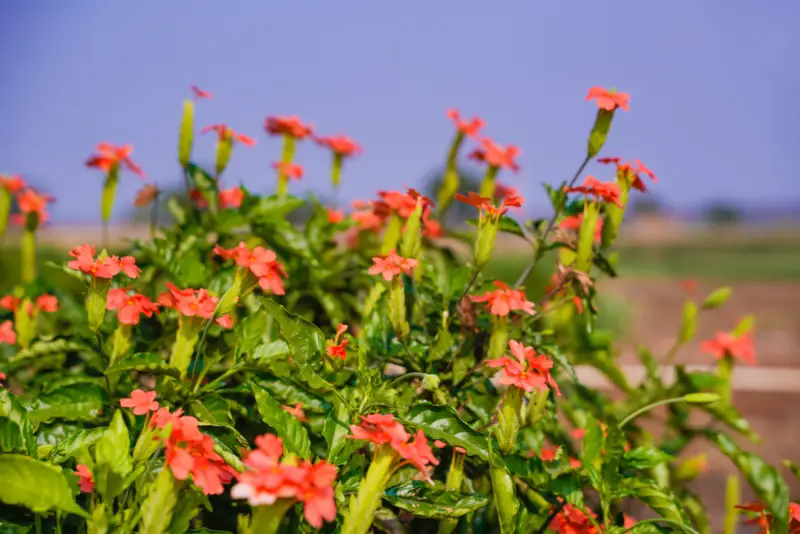
Crossandra, often called the firecracker flower, blooms freely in terminal racemes throughout the year in zones 10 and 11. While most flowers are salmon pink or apricot, you can also find yellow and red options. This plant prefers the shade, where it usually grows to be about 3-feet tall. The racemes stand in stark contrast to this plant’s dark green foliage.
Copperleaf
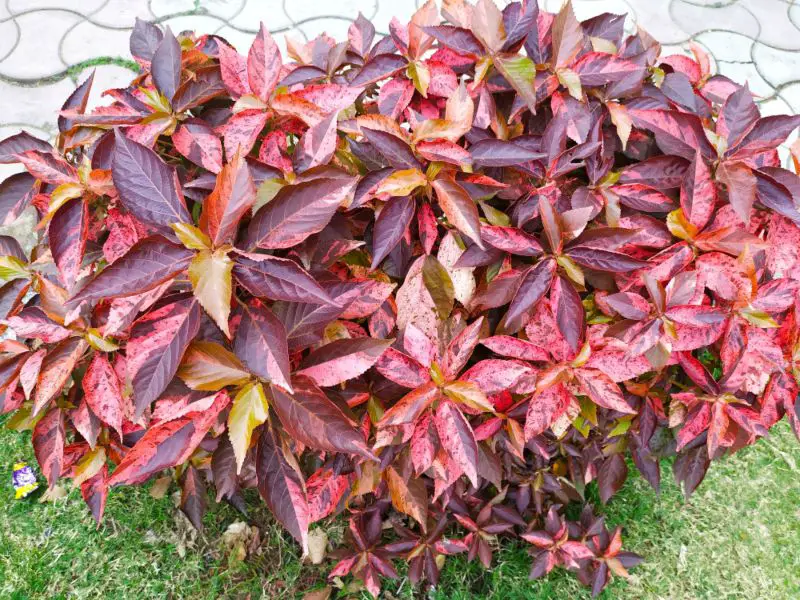
While they do need sheltering from Florida’s wind, the sun-loving copperleaf plant prefers the sun. You can find several different color options, including red and pink, that thrive in zone 10. While there is a white option, it does best in shadier areas. This plant produces catkins in the spring, but they are hard to notice because they are the same color as this plant’s vivid foliage. Consider pruning it in the spring to keep it between 3-and-5-feet tall, or it will go leggy on you.
Croton
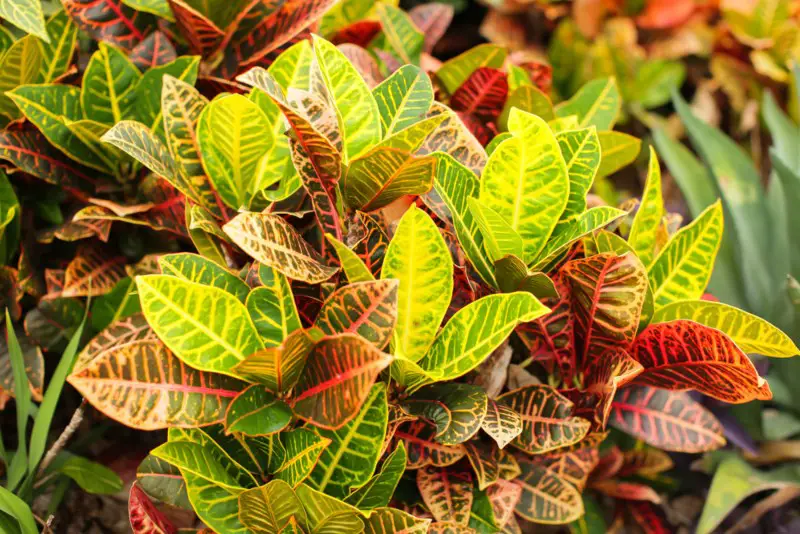
The croton thrives in shady locations in zones 11 and 12. It grows up to 5-feet tall and is often wider than it is tall when mature. While this plant blooms in the spring, the blooms are very inconspicuous. Instead, this plant is grown for its striking foliage that appears in many different shades, including orange, pink, yellow and red, on the same plant. This plant loves moisture, so be sure that it stays consistently wet.
Hibiscus
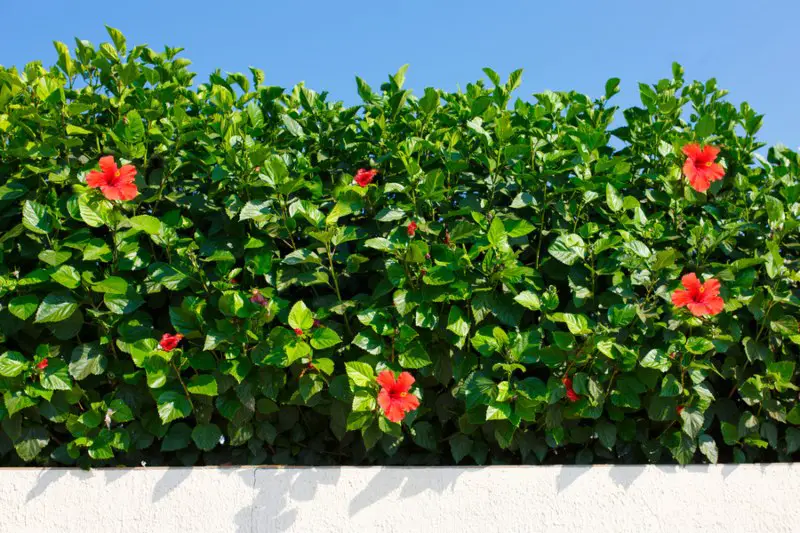
You can find several different varieties of hibiscus. These woody plants that thrive in zones 5 to 9 prefer the sun and to be wet. Showy blooms appear in midsummer and last until the fall. The hollyhock-like flowers can get to be up to the size of a dinner plate. This plant typically grows from 4-to-7-feet tall and almost as wide. If you want a bushier plant, then pinch it back in the early spring.
Ixora
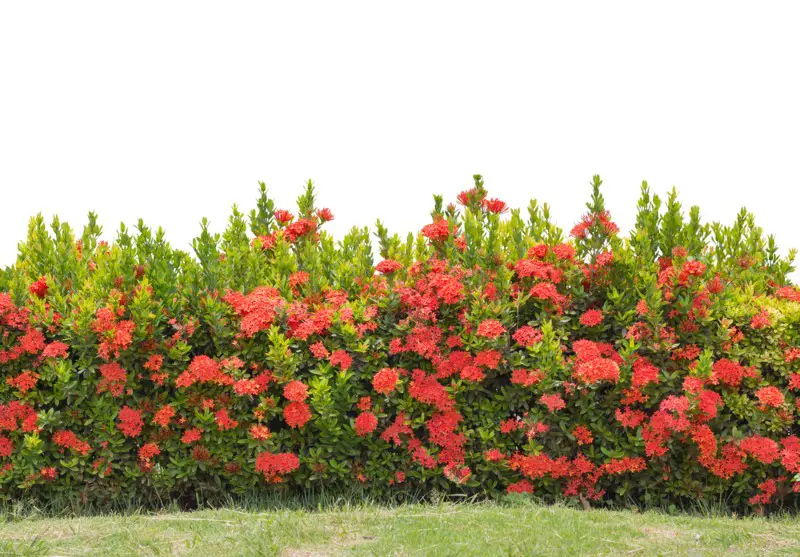
If you live in zones 10 to 12 and are looking for a sun-loving plant that thrives in moist conditions, then the ixora may be a great choice. This plant freely flowers throughout the year on corymbose cymes that can be up to 8-inches wide. After the flowers fade, this plant produces purple to black dupes.
Jasmine
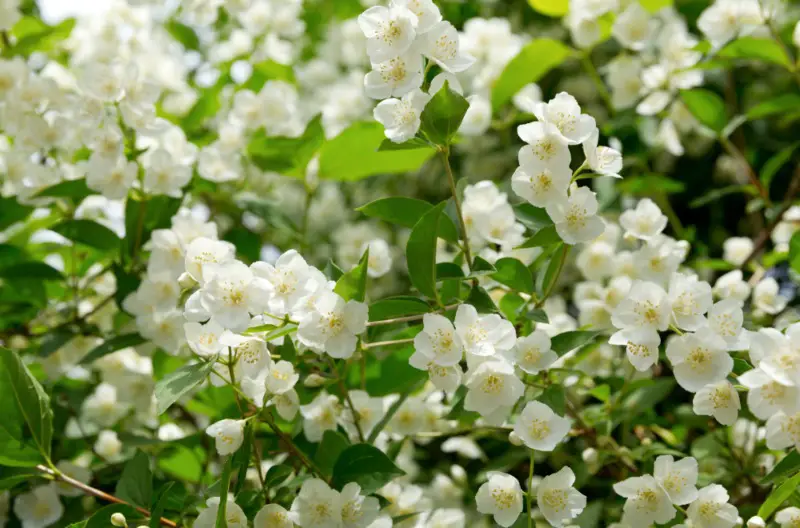
Jasmine can be grown as a hedge that typically reaches up to 4-feet tall or as a ground cover. Flowers appear in late winter and last through the spring. This plant that often has yellow flowers does well in the sun or part shade in zones 6 to 10.

